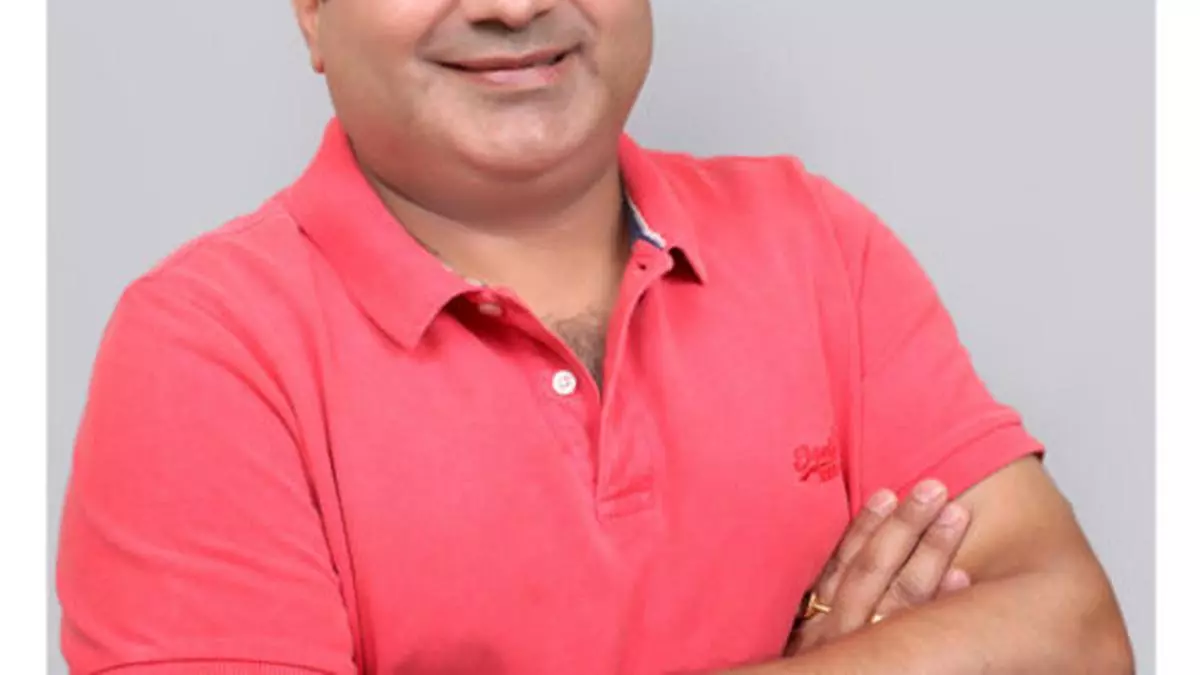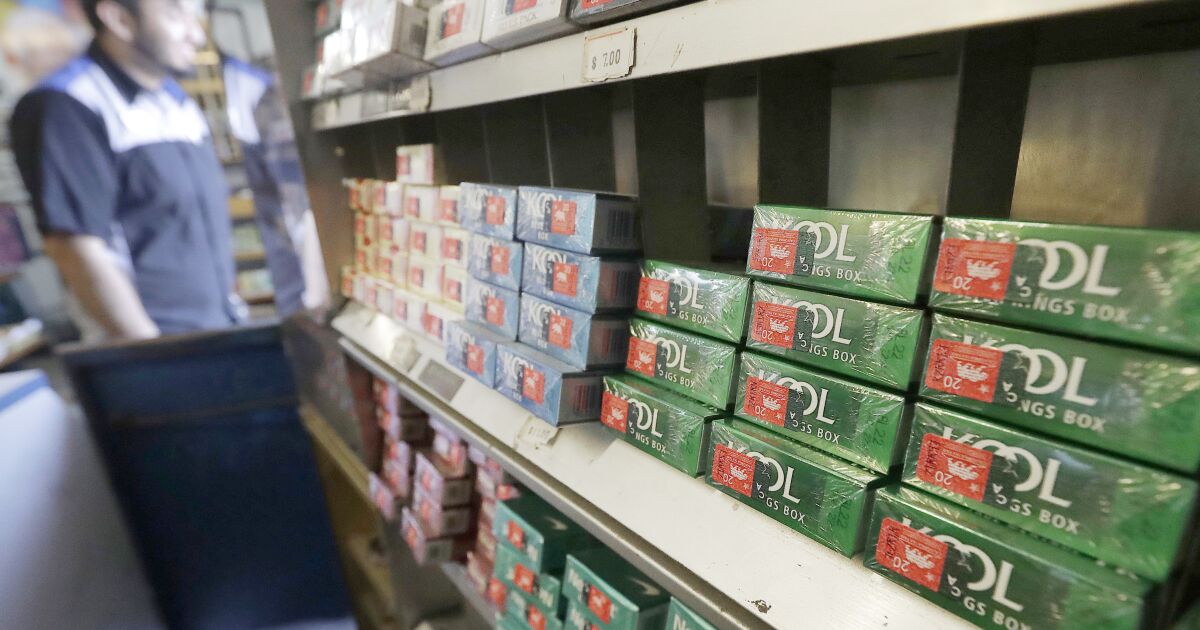The first time Anne Aiza Khan wore a pair of shorts was at a football tournament in Kolkata. The year was 2016 and although Anne, now 25, had begun playing the game three years earlier, it was always in long pants.

I’m accompanying Anne and a troop of a dozen football players, all girls in ages ranging from 13 to 16, to attend the one-year celebrations of the Shikhar Dhawan Foundation in Gurgaon. We’re taking the Metro and the girls seem wildly excited at the prospect of the journey even though the foundation celebrations show no sign of starting two hours after the scheduled time.
For many of the girls, the act of leaving home spells freedom. “It’s a mindset that society and families don’t allow us to wear shorts and play,” says Anne who now runs her own non-profit, the Fairy Fari Foundation that works with children in slums around Jamia Nagar in Delhi.
Anne didn’t even want to play football; cricket was her first choice. But the opportunity to play came with football as the NGO she was then associated with, Cequin had a robust football policy.
In the years since, football has taken her to Nagpur, Pune and Goa, to Oslo and Utah where she’s played in tournaments for slum kids and the Homeless World Cup. “I was so shy then, I couldn’t even talk,” she laughs. Now, she’s coaching close to 100 kids, 60 of them girls. Her goal? “I want to give them the confidence to do something with their lives.”
India’s women athletes are on a roll. In boxing, Nitu Ghanghas, Lovlina Borgohain, Saweety Barooah, and Nikhat Zareen this past week picked up four golds in the Delhi World Championships, with Zareen picking up her second World Championship gold. Women have won more Olympic medals than men in the sport and the fab four are igniting hopes for 2024.
Two weeks ago, Gayatri Gopichand, daughter of the legendary player and Treesa Jolly, daughter of a PE teacher, reached the badminton doubles semi-finals at the all England Championship. And earlier in August, judoka Linthoi Chanabam, 15, clinched India’s first gold at the world championships.
But it’s the inaugural Women’s Premier League won by Mumbai Indians that has everyone fired up with 10 million new viewers watching the finals on JioCinema, according to the OTT platform.
WPL has also lit the aspirations of girls in small towns and the bylanes of the big cities. Case in point: 27-year-old Saika Ishaque, the daughter of a domestic helper, who almost quit a few years ago when she didn’t make it to the Bengal team.
But It’s not just how sport empowers individual women, but what women themselves bring to the game, or what journalist Sharda Ugra calls “the absence of testo-tantrums” that include captains haranguing umpires, finger-pointing and sledging.
Indeed, playing with a team creates a sisterhood, Anne tells me: “There are things you can’t discuss with your family that you can with your team and your coach.” Who better than your team knows about the mutinies launched in a countless homes where fathers and brothers ask why girls should play when their goal is to marry and run their own homes?
But the roadblocks are not just homespun. Availability of infrastructure and equipment, access to sport facilities and information and financial support remain challenges along with concerns around safety and the lack of enough women coaches and support staff, according to a 2022 pilot study of four states by Simply Sport.
Perhaps what is most needed is just the sight of girls kicking a ball or twirling a bat in community parks and in the gullies outside their homes. “We need to normalise the sight of girls playing,” Anne says. Everything else will then fall into place.
Namita Bhandare writes on gender
The views expressed are personal















